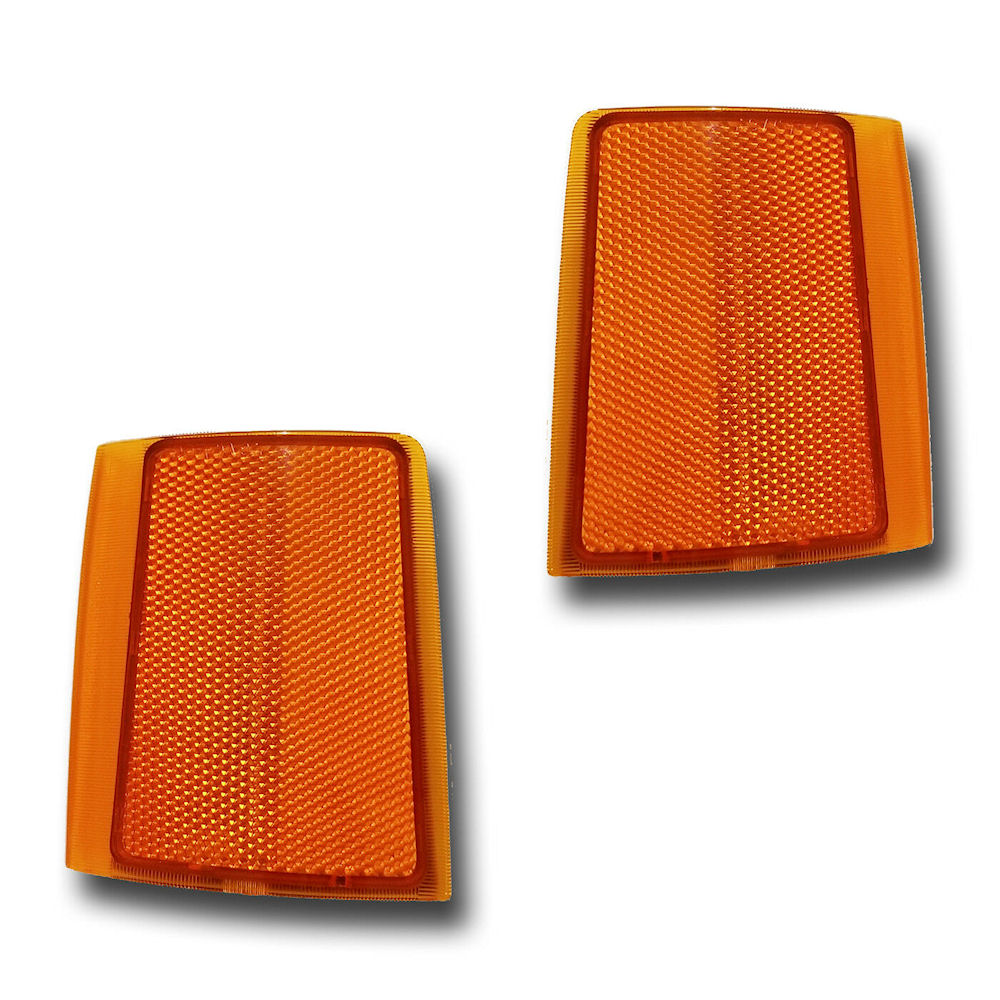
Ground-based synthetic aperture radar (GB-SAR) interferometric deformation measurement is a newer technology, exploits the same principle used in spaceborne. Space-borne and air-borne IN-SAR sensors merit good spatial resolution, short sampling time intervals, and high accuracy deformation monitoring. IN-SAR may be space-borne, air-borne, or ground-based. Unlike other remote sensors, IN-SAR provides continuous spatial coverage and is relatively insensitive to the surrounding environment, facilitating long-term overall analysis and prediction. Non-contact sensors mainly include prismatic-free total station, real-aperture radar (RAR), and interferometric radar (IN-SAR). Contact measurement technologies generally troubled by small coverage and risky installation in hazardous areas. The former includes the inclinometer, strain gauge, optical fiber sensor, terrestrial laser scanner (TLS), total station (TS), global positioning system (GPS), and other monitoring systems placed on the surface or embedded in the target body. Current sensors can be divided in contact or non-contact mode categories. A variety of measuring sensors have been used to determine explicit shape variations and regional targets deformation patterns in time and space. The proposed method yields accurate target displacement results via quantitative analysis of GB-SAR interferometry.ĭeformation monitoring and displacement measurement of unstable slopes and buildings are crucial for surface observation and disaster prevention. Finally, we compared the rail sensor measurement and TLS results to optimize coherent scatterer selection and filter the data. The CR displacements can also be extracted via surface reconstruction algorithm. The model is matched with interferograms to produce more intuitive 3D products. We analyze the GB-SAR zero-baseline repeated rail differential interferometry signal model to obtain 2D interferograms of the test site in time series, and then use TLS to obtain a 3D surface model. Three smaller CRs are installed nearby, each with a reflective sticker attached to the CR’s vertex the CRs present as high-amplitude points both in the GB-SAR images and the TLS point cloud to allow for accurate data matching. The rail is equipped with a CR on a sliding platform for mobility. A rail with positioning accuracy of 0.1 mm is deployed to ensure accurate and controllable deformation. Other custom sizes are also available upon request.An integrated sensor system comprised of a terrestrial laser scanner (TLS), corner reflectors (CRs), and high precision linear rail is utilized to validate ground-based synthetic aperture radar (GB-SAR) interferometric micro-displacement measurements. SAGE Millimeter offers many standard trihedral corner reflectors with the size of the edge length from 1.8” to 16”. For a given sized reflector, the lower the frequency, the smaller the RCS. From the chart you can see that the radar cross section is frequency dependent. The calculated radar cross section and relative magnitude of a 10” side length (7.07” edge length) trihedral reflector is shown in the plots below. Therefore, the trihedral corner reflectors provide a very high Radar Cross Section (RCS) target for radar system testing and characterizations. In trihedral corner reflectors, the waves that hit the corner reflector are bounced by each surface, three times total to result in reversed direction waves sending back towards the source. Where λ is the wavelength of the radar signal. The effective radar cross section is calculated by Where “a” is the side length of the trihedral.

The trihedral corner reflector is made with three right angle plates which is illustrated in the figure below. This offers a convenient way for quick field setup.

While the dihedral corner reflector is sensitive to its mechanical alignment, the trihedral corner reflect is highly tolerant to misalignment.

The commonly seen corner reflectors are dihedral and trihedral. In general, the corner reflector consists of mutually intersected perpendicular plates. Therefore, the corner reflector is a useful device for radar system calibration. The corner reflector is a passive device used to directly reflect radio waves back toward the emission source.


 0 kommentar(er)
0 kommentar(er)
